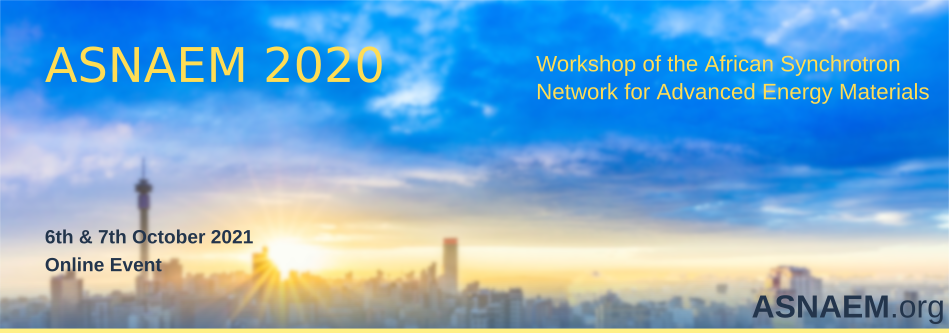Speaker
Description
Thus far, materials explored to achieve theoretical solar to hydrogen efficiency (STH), included cadmium selenide (CdSe), zinc oxide (ZnO), copper(I)oxide (Cu2O), tungsten trioxide (WO3) and hematite (α-Fe2O3). All these failed due to their band edge alignments that do not straddle water oxidation and reduction potentials. Of these materials, hematite has received much attention for photoelectrochemical water splitting attributed to its stability in aqueous solution, a small band gap of 1.90 eV-2.20 eV, non-toxicity and abundance. However, it has associated limitations such as high electron-hole recombination rate, short hole diffusion length (2-4 nm) accompanied by short excited lifetime of 10 ps, and poor minority charge carrier mobility of 0.1 cm2 V-1s-1, leading to low photocurrent during water splitting. Furthermore, hematite promises a maximum theoretical STH efficiency of ~16.8 %, with photocurrent densities above 12 mAcm-2, but the reported findings are far below 10 mAcm-2. In this work, results produced from efforts to improve hematite as a choice material for water splitting included nanostructuring, doping, underlayers and use of PBS/LHCII to improve the photocurent will be presented.

